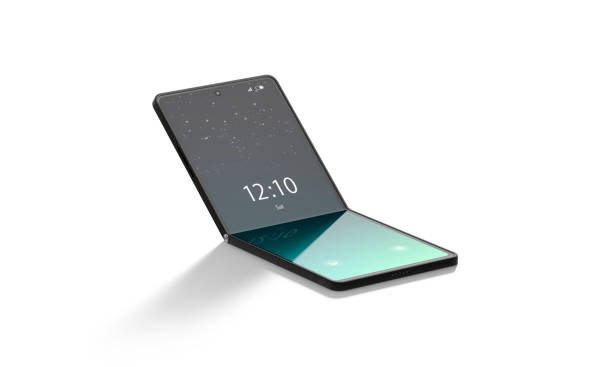Flexible Displays: Bending the Rules of Screen Technology
In a world where our devices are becoming increasingly integrated into our daily lives, the next frontier of display technology is emerging: flexible screens. These bendable, foldable, and even rollable displays are poised to revolutionize how we interact with our gadgets, offering new form factors and functionalities that were once relegated to the realm of science fiction. As major tech players and startups alike pour resources into this cutting-edge technology, we're on the cusp of a new era in consumer electronics.

The key challenge in creating flexible displays is maintaining the integrity of the electronic components while allowing for repeated bending and folding. Manufacturers have developed specialized encapsulation techniques to protect the sensitive OLED materials from moisture and oxygen, which can degrade performance over time. Additionally, novel interconnect designs ensure that the electrical connections remain intact even as the display flexes.
From Concept to Consumer
While flexible displays have been in development for years, it’s only recently that they’ve begun to make their way into consumer products. Samsung’s Galaxy Fold and Flip series, as well as Motorola’s revived Razr, have brought foldable smartphones to market, offering users the ability to carry a tablet-sized screen in their pocket. These devices, while still in their early stages, hint at the potential for flexible displays to blur the lines between device categories.
But smartphones are just the beginning. Lenovo has showcased concept laptops with foldable screens that eliminate the need for a separate keyboard deck. LG has demonstrated rollable TVs that can disappear into a compact base when not in use. And wearable technology manufacturers are exploring curved displays that can better conform to the contours of the human body.
The Price of Flexibility
As with any emerging technology, flexible displays come with a premium price tag. The Samsung Galaxy Z Fold3, for example, launched with a retail price of $1,799, nearly twice the cost of a traditional flagship smartphone. This high cost is due to the complex manufacturing processes and low yields associated with producing flexible displays.
However, as production techniques improve and economies of scale come into play, prices are expected to decrease. Market analysts predict that the flexible display market will grow from $15.7 billion in 2020 to $48.5 billion by 2026, driven by increasing adoption in smartphones, wearables, and automotive applications.
Challenges and Limitations
Despite the promise of flexible displays, several challenges remain before they can achieve widespread adoption. Durability is a primary concern, as repeated folding can lead to creases and wear over time. Samsung has made strides in this area with its Ultra-Thin Glass (UTG) technology, but further improvements are needed to match the longevity of traditional displays.
Another limitation is the software ecosystem. While operating systems like Android have been adapted for foldable devices, many apps are still not optimized for the unique form factors enabled by flexible displays. This can lead to a suboptimal user experience and may slow consumer adoption.
The Future is Flexible
As flexible display technology continues to mature, we can expect to see increasingly innovative applications. Imagine a smartphone that wraps around your wrist, a tablet that folds into the size of a wallet, or a car dashboard that curves seamlessly around the driver’s field of view. These concepts are no longer far-fetched ideas but tangible possibilities on the horizon.
Moreover, the development of flexible displays is spurring advancements in related technologies. Flexible batteries, circuits, and sensors are all being researched to create fully flexible electronic devices. This could lead to a new generation of products that can adapt their shape to different use cases or environments.
In conclusion, flexible displays represent a significant leap forward in screen technology, offering the potential to reshape our relationship with electronic devices. While challenges remain, the rapid progress in this field suggests that bendable, foldable, and rollable screens will play an increasingly important role in our digital future. As we continue to push the boundaries of what’s possible, one thing is clear: the future of displays is anything but rigid.






